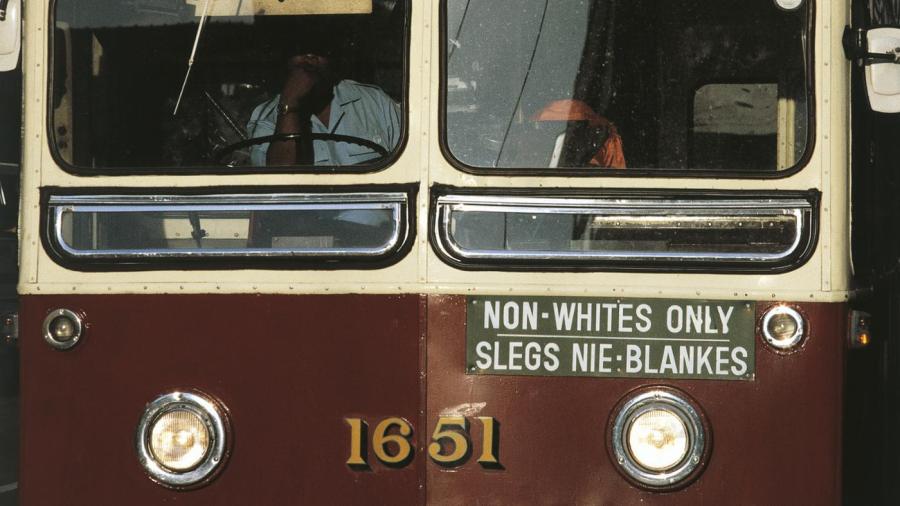Why Did Apartheid Happen?

Apartheid was instituted as a widespread systematic effort to concretize racial segregation and white supremacy in South Africa during the 20th century. It was meant to ensure white control over both the economy as well as the social environment, including how the races could interact and what jobs were available to whom.
Strategies for apartheid began in earnest in the 1940’s, when South Africa gained independence from Britain and when ethnically Dutch white forces (Boers or Afrikaners) gained the political majority, despite the fact that they were demographically the minority. Formal apartheid laws were first launched in 1948, but were widened and made progressively more severe by the 1960s with what was ultimately called “grand apartheid.”
Almost every corner of life was affected by apartheid laws. Interracial marriage was banned. Additionally, apartheid created a work environment in which many important jobs became “white-only.” Black South Africans were allowed to vote in designated homelands, but were barred from any real presence within national elections, so they had absolutely no recourse to changing the system.
During apartheid, the white state granted itself extraordinary powers of police oppression and coercion, particularly in quelling demonstrations launched by black or mixed-race citizens. Extreme violence was common, as was extended imprisonment. The case of Nelson Mandela is a perfect example of the latter.
The social and economic inequality generated by apartheid was staggering, as minority whites owned 87 percent of the land, a 75 percent share of the national income, a 14-to-1 ratio of earnings and a higher minimum taxable income. Infant mortality during apartheid hovered just below 3 percent for whites, whereas it soared at 20 percent for urban blacks. Apartheid finally ended in 1994 with the establishment of a new constitution and the first instance of post colonial nonwhite rule.





